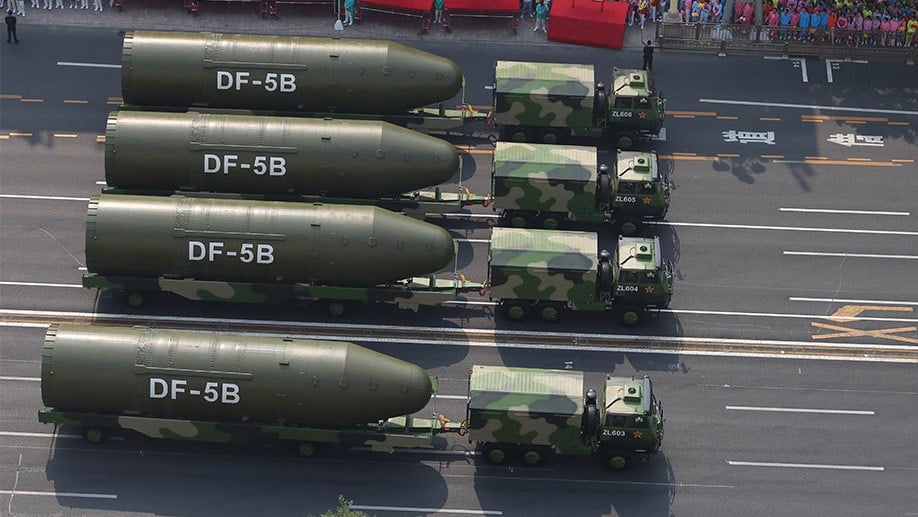
Report to Congress on Chinese Nuclear and Missile Proliferation
The following is the Feb. 1, 2023, Congressional Research Service In Focus report, Chinese Nuclear and Missile Proliferation.…
Copyright 2024 U.S. Naval Institute. All Rights Reserved.